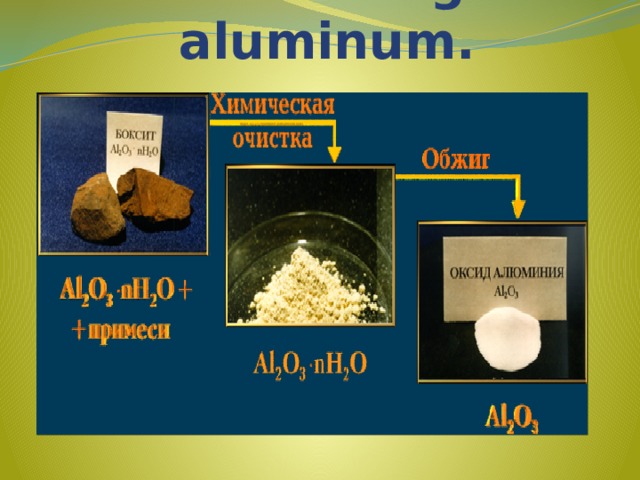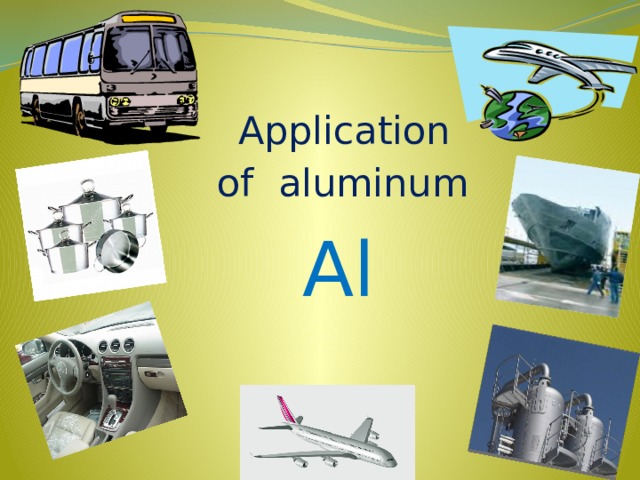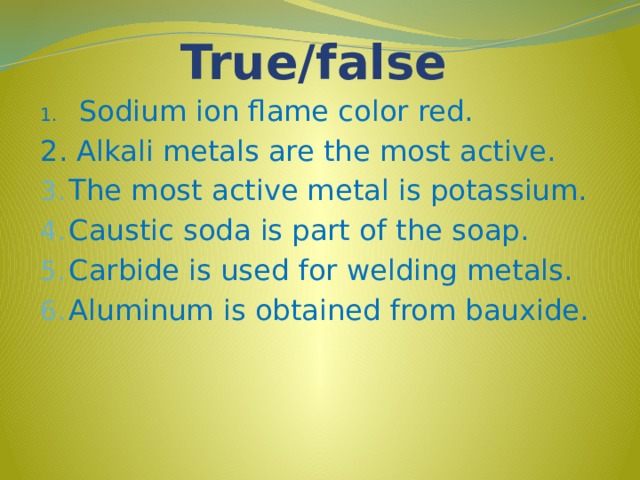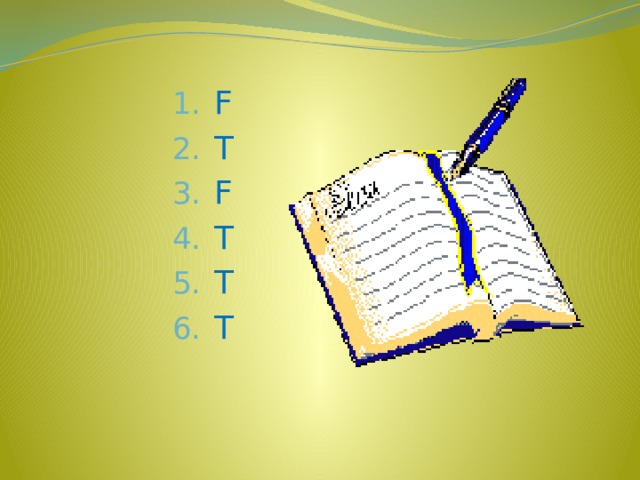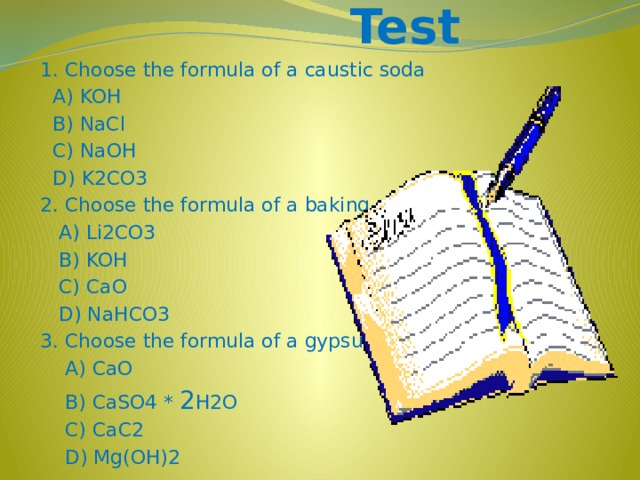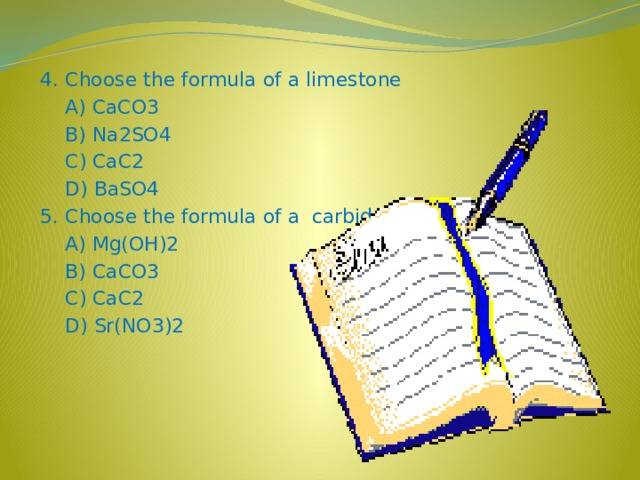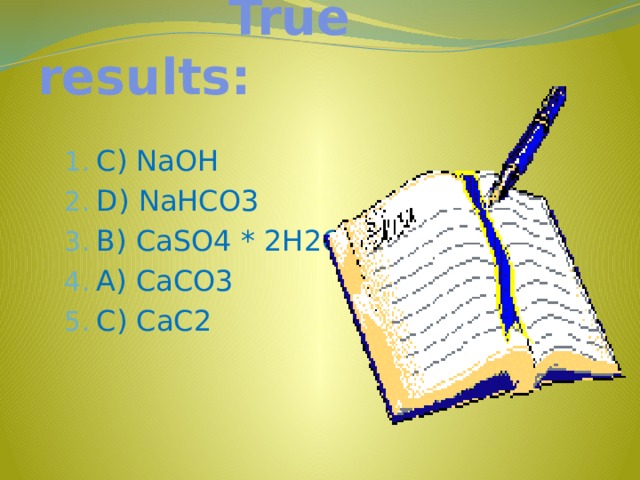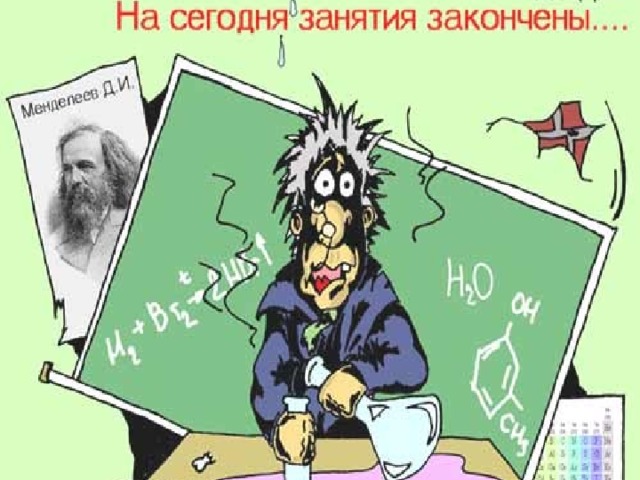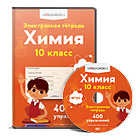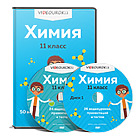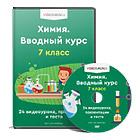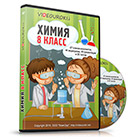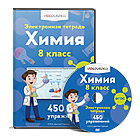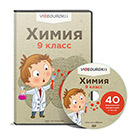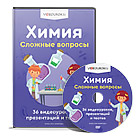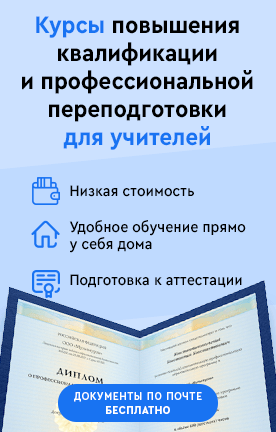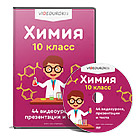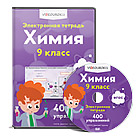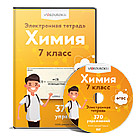Презентация урока по химии для 9 класса на английском языке
Создайте Ваш сайт учителя Курсы ПК и ППК Видеоуроки Олимпиады Вебинары для учителей
Sulfuric acid and sulfates
Вы уже знаете о суперспособностях современного учителя?
Тратить минимум сил на подготовку и проведение уроков.
Быстро и объективно проверять знания учащихся.
Сделать изучение нового материала максимально понятным.
Избавить себя от подбора заданий и их проверки после уроков.
Наладить дисциплину на своих уроках.
Получить возможность работать творчески.
Просмотр содержимого документа
«Sulfuric acid and sulfates»
Полезное для учителя
Распродажа видеоуроков!
1830 руб.
2620 руб.
1610 руб.
2300 руб.
1610 руб.
2300 руб.
1610 руб.
2300 руб.
Курсы ПК и ППК для учителей!
800 руб.
4000 руб.
800 руб.
4000 руб.
800 руб.
4000 руб.
800 руб.
4000 руб.
ПОЛУЧИТЕ СВИДЕТЕЛЬСТВО МГНОВЕННО
* Свидетельство о публикации выдается БЕСПЛАТНО, СРАЗУ же после добавления Вами Вашей работы на сайт
Удобный поиск материалов для учителей
Проверка свидетельства
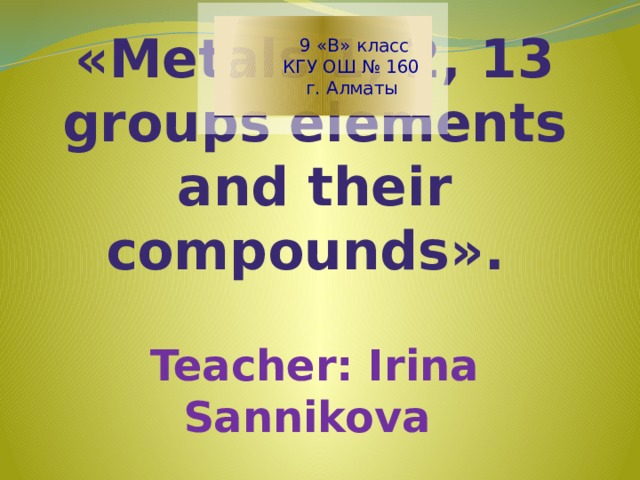
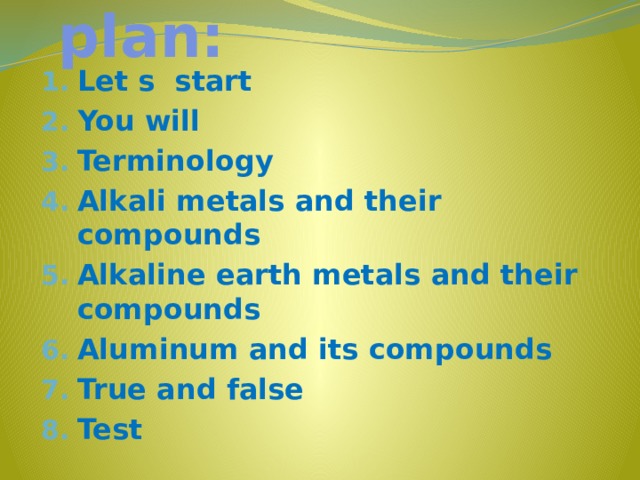
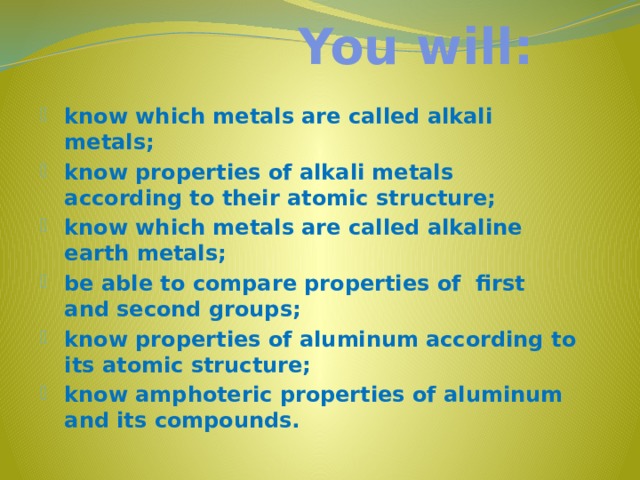
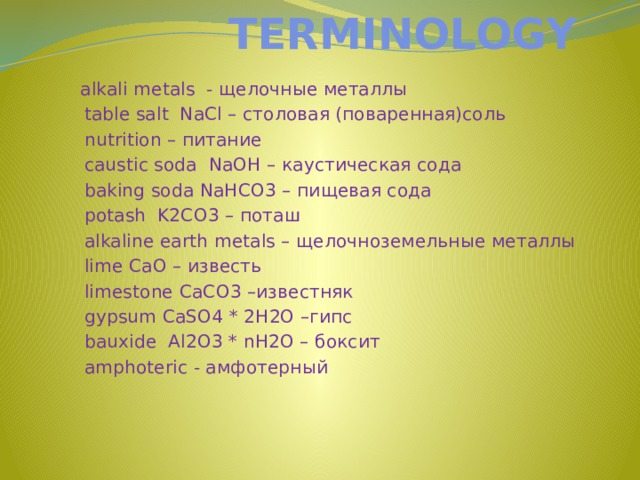
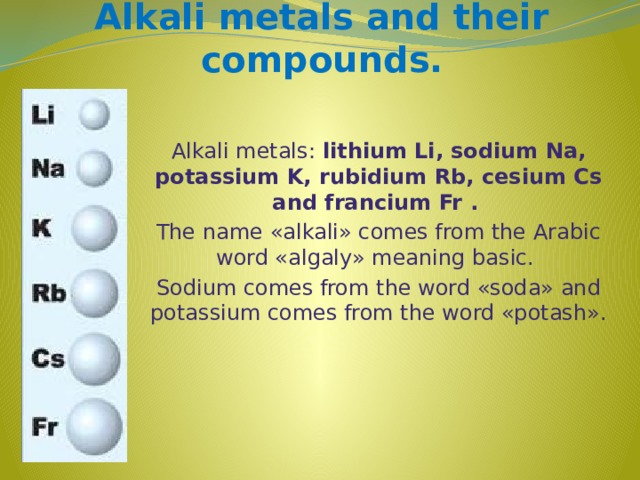
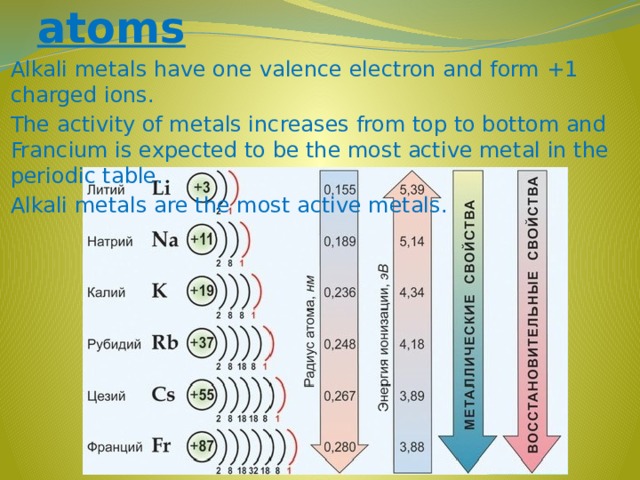
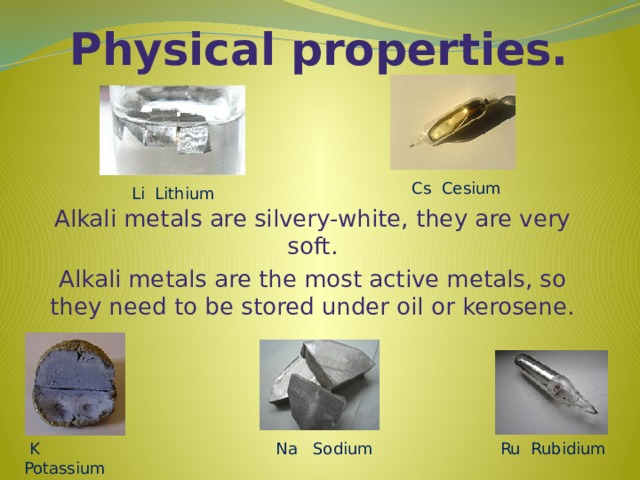
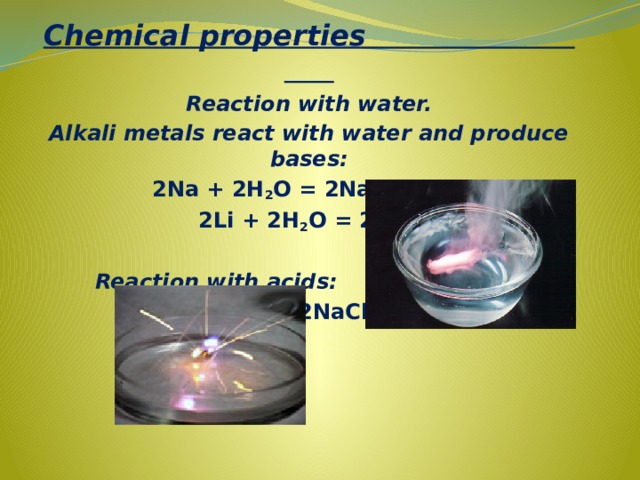

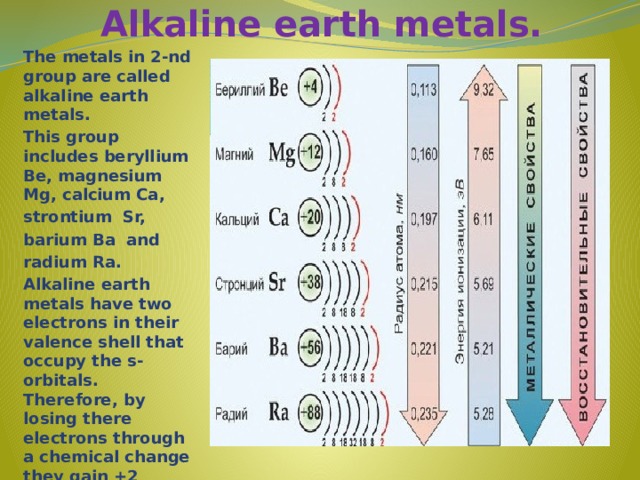
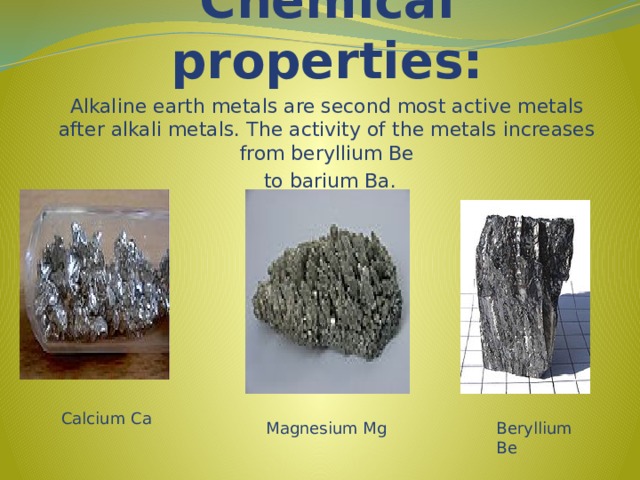
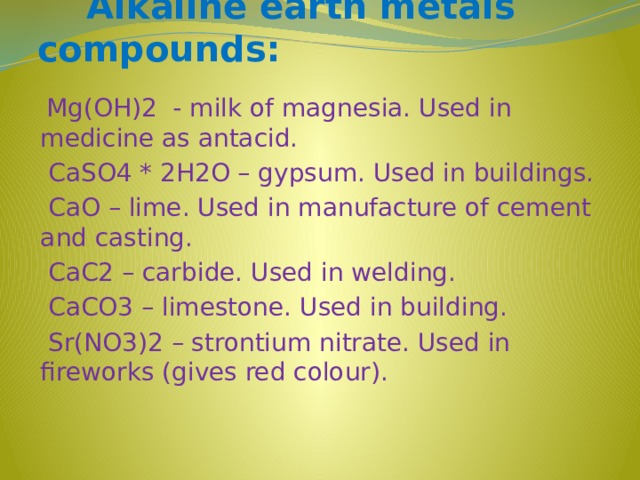
![Aluminum and its compounds. + 13 Al [p13;n14]e13 3s 2 3p 1 Aluminum is an amphoteric metal so that it can react with both acids and bases: 2Al+6HCl=2AlCl3+3H2 2Al+2NaOH+2H2O=2NaAlO2+3H2](https://fsd.kopilkaurokov.ru/up/html/2021/05/25/k_60ad1baeb086c/img_user_file_60ad1baf6a728_12.jpg)
